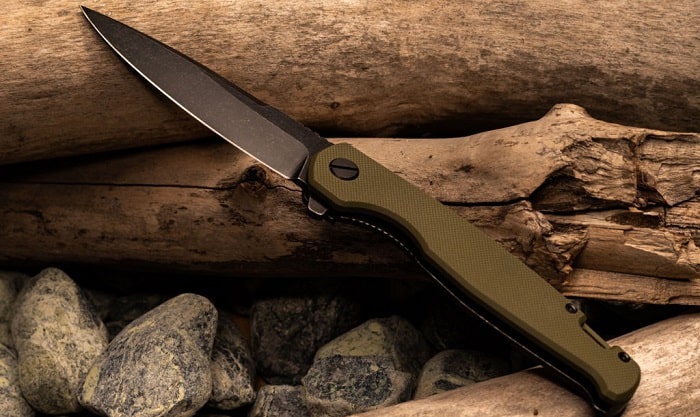When it comes to kitchen tools, especially knives, understanding the different locking mechanisms is crucial for both safety and efficiency. Whether you’re a professional chef or a home cook, knowing how these mechanisms work can help you choose the right tool for your needs and ensure safe handling.

Why Locking Mechanisms Matter
Locking mechanisms are not just about keeping the blade in place; they are about enhancing safety and improving the user experience. A reliable locking mechanism ensures that the blade remains secure during use, preventing accidents and ensuring precision in your culinary tasks.
Types of Locking Mechanisms
There are several different locking mechanisms that you might encounter in kitchen tools. Here are some of the most common types:
Liner Locks
Liner locks are one of the most popular mechanisms used in folding knives. They are easy to operate with one hand, making them a favorite among chefs who need to work quickly and efficiently.
How Liner Locks Work
The liner lock works by using a side-spring lock that can be disengaged with your thumb. This mechanism locks the blade open and prevents it from accidentally closing, providing a safe user experience.
Frame Locks
Frame locks are similar to liner locks but are generally considered more robust. In this mechanism, the lock is part of the handle’s frame, providing extra strength and durability.
Benefits of Frame Locks
Frame locks offer a secure lockup and are often used in high-quality knives. They provide excellent stability and are less likely to fail under pressure, making them ideal for heavy-duty kitchen tasks.
Button Locks
Button locks are becoming increasingly popular due to their simplicity and reliability. This locking mechanism involves a button that, when pressed, allows the blade to be opened or closed.
Advantages of Button Locks
Button locks are easy to use and provide a strong lockup. They are often used in automatic knives, offering both safety and convenience for users who need to work quickly.
Back Locks
Back locks are a traditional locking mechanism found in many classic knife designs. They provide a strong and reliable lock, making them a favorite among many professional chefs.
How Back Locks Work
Back locks use a rocker arm that pivots to lock the blade open. This mechanism is known for its durability and reliability, ensuring the blade stays securely open during use.
Axis Locks
Axis locks, popularized by Benchmade, use a small, hardened steel bar that moves back and forth to lock the blade open. This mechanism is ambidextrous, making it accessible for both left and right-handed users.
Why Choose Axis Locks?
Axis locks offer a smooth operation and are known for their strength and reliability. They are ideal for those who need a robust locking mechanism that can withstand frequent use.
Comparing Locking Mechanisms
When choosing a knife or kitchen tool, it’s essential to compare the different locking mechanisms to find the one that best suits your needs. Consider factors such as ease of use, safety, and the specific tasks you will be performing.
Safety Considerations
Understanding the locking mechanism of your kitchen tools is vital for safety. Always ensure that the lock is engaged before use and regularly check for wear and tear to maintain optimal performance.
Maintenance Tips
Regular maintenance is crucial to keep your locking mechanisms functioning correctly. Clean and oil your knives frequently to prevent rust and ensure smooth operation. For more detailed guidance, visit knife oil tips.
Choosing the Right Lock
Selecting the right locking mechanism depends on your personal preferences and the tasks you need to perform. Consider the ease of use, safety features, and the reliability of the lock when making your decision.

Frequently Asked Questions
What is the strongest locking mechanism?
While all locking mechanisms have their strengths, many consider frame locks and axis locks to be among the strongest due to their robust construction and reliable lockup.
Are button locks safe?
Yes, button locks are safe when used correctly. They provide a strong lockup and are designed to prevent accidental blade closure.
How often should I maintain my knife’s locking mechanism?
Regular maintenance is crucial. Clean and oil your knife regularly, especially if you use it frequently. This will ensure that the locking mechanism remains in good working order.
For more insights into knife types and their uses, check out knife categories. Explore the differences between fixed-blade and throwing knives to expand your knowledge. Additionally, learn about the pen blade vs. hawkbill blade for specialized tasks.
This article contains affiliate links. We may earn a commission at no extra cost to you.


